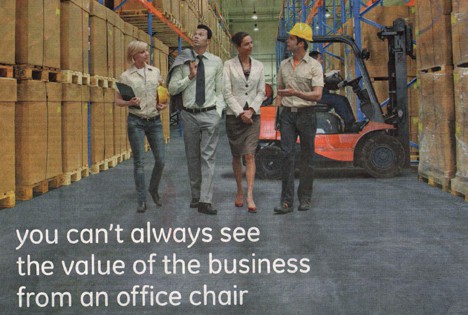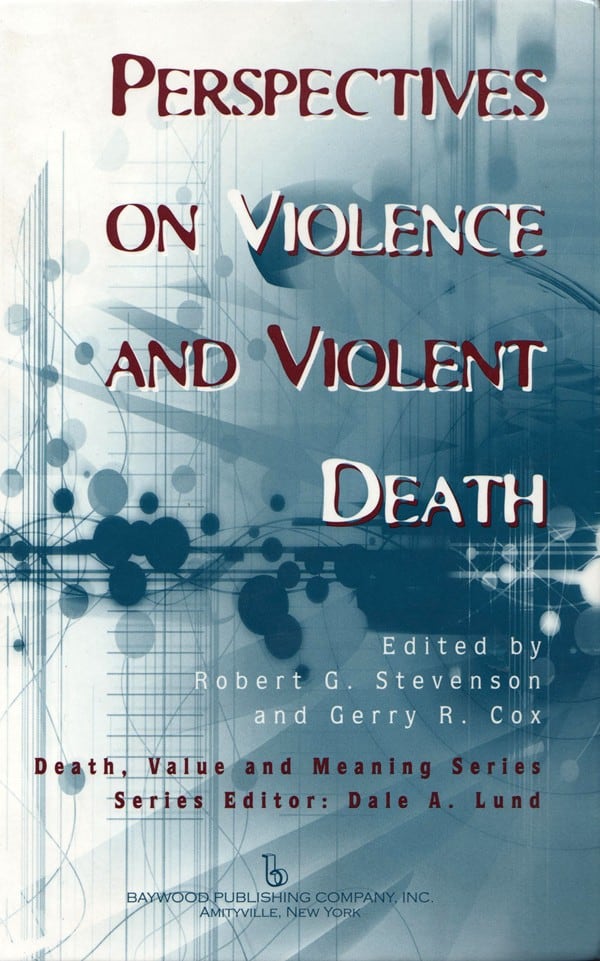On 15 March 2010, the National President of the Safety Institute of Australia (SIA), Barry Silburn, distributed an email to the 3,600 SIA members strongly refuting the “unsubstantiated claims of irregularities” that were, apparently made by Gavin Waugh, Western Australian Division President and former National Secretary, in a member discussion forum and email circulated to members a couple of days earlier.
Many SIA members will be perplexed by having such an email lob in their inbox without any explanatory background and with obtuse language. In some ways the email reads like the accountant has done a runner to spend all the members’ money at the casino. Continue reading “Abuse, egos, corporate governance and the safety profession”


